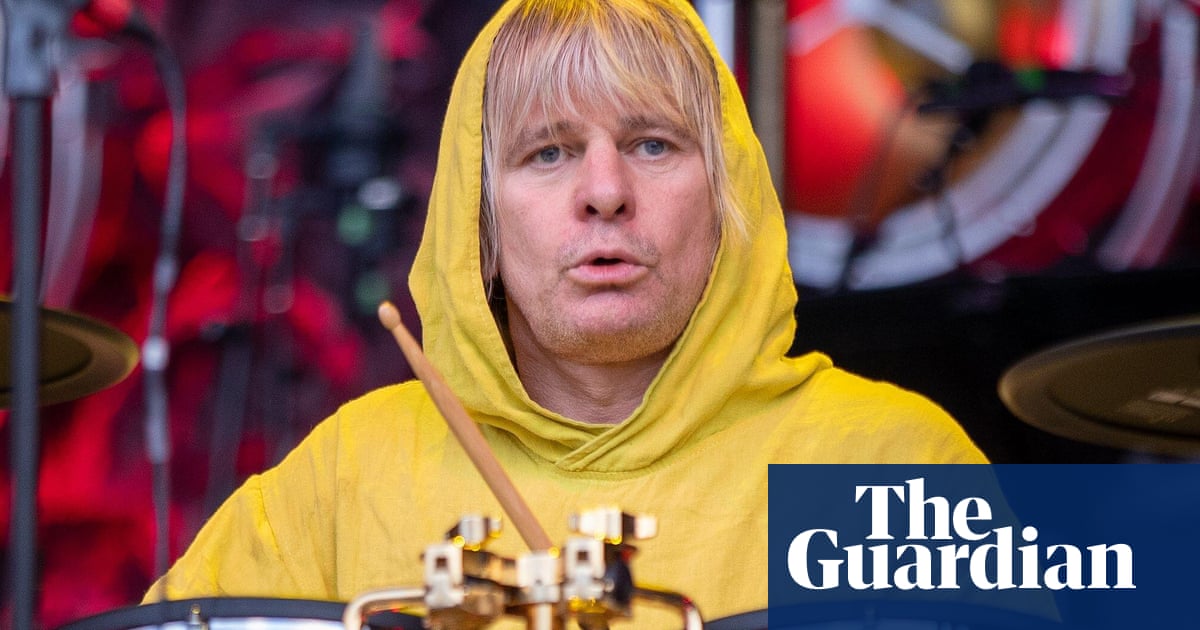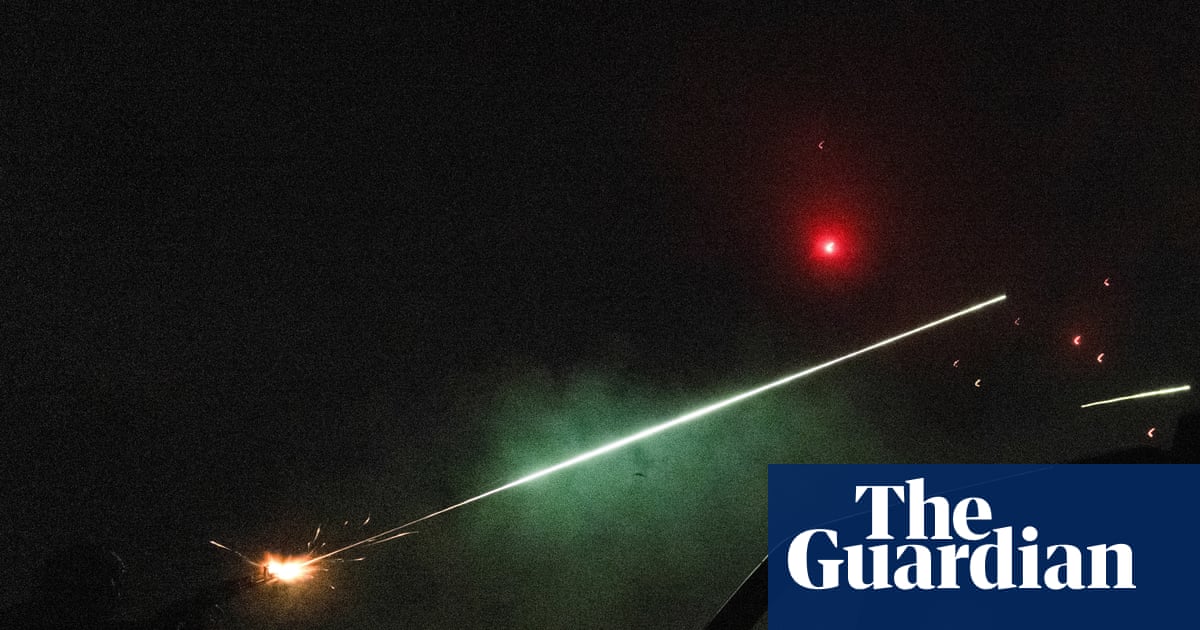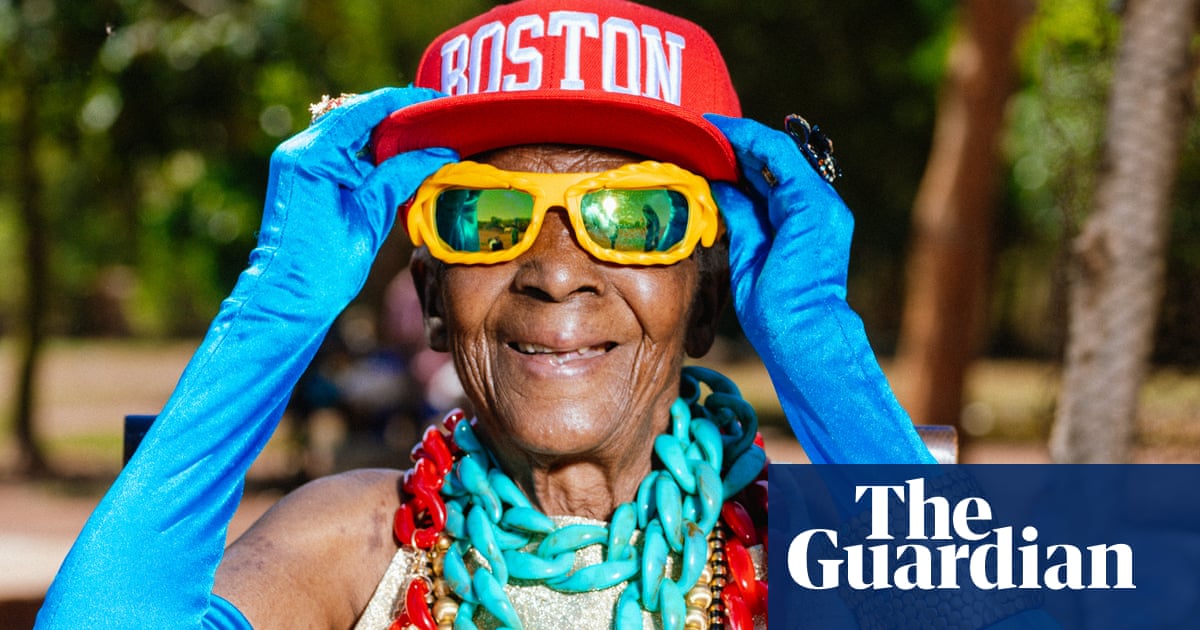Are you sick of throwing yourself on the altar of unrealistic beauty standards? Do you long to celebrate the delightfully monstrous, to give the spiny stuff of shadows their day in the sun? Then consider the mighty wētāpunga – an endemic New Zealand insect so revered for its unconventional beauty its name means “god of ugly things”.
This forest behemoth is thought to be the heaviest adult insect in the world, with a female weighing as much as a mouse or a sparrow. Its body can grow up to 10cm long (nearly 4in) and its leg span can be as wide as 20cm. Once found across parts of the North Island, the vulnerable wētāpunga – the largest of 70 wētā species – now resides entirely on a smattering of predator-free islands near Auckland.
Its Latin genus name Deinacrida may translate to “terrible grasshopper”, but the wētāpunga’s bark is bigger than its bite. In fact, it does not bite to deter predators, nor can it fly, jump or kick. Instead, this docile giant uses its abdomen and legs to produce a stridulating hiss when disturbed – a technique that has helped ensure its survival, almost unchanged, for more than 190m years.
If you have a soft spot for the shy and elusive among us, you will find a friend in the wētāpunga. This solitary creature with big, kind eyes tiptoes through the forest at night in search of leaves to eat, using its impressive spiny legs and dainty hooked feet to grip on to bark and leaves.
Not one to make a show of itself, the wētāpunga’s mottled tan and green exoskeleton blends into the muted browns of its habitat. By day it hides itself away in fallen leaves and trees.
It can also be a diplomat: despite kiore (pacific rats) having a taste for baby wētāpunga, or nymphs, adult wētāpunga have been known to share lodgings with their furry adversaries. Perhaps this is a nod to its former ecological role: prior to the introduction of rodents to New Zealand, wētāpunga were considered the “mice of the invertebrates”.
It may be adept at living in the shadows but there is one way to know if you are in the presence of greatness: look for wētāpunga poo at the bottom of trees. Adults have faeces as big as rat droppings – the biggest of any invertebrate, and one of the largest in relation to body size in the animal kingdom. This is nothing to sniff at: the nutrient-rich wētāpunga poo does wonders for the forest-floor ecosystem.
The wētāpunga may prefer a solo life, but it is not immune to the forces of love. Once it reaches adulthood, just before two years of age, it spends the rest of its life (another four to seven months) mating repeatedly throughout the day. Females lay eggs in the soft soil, which upon hatching go through 11 instars (moults) before reaching adulthood.
These gentle giants are presumed extinct on the mainland of New Zealand, after predation from introduced species and habitat loss. Captive breeding and release programmes are helping to boost populations on offshore islands.
after newsletter promotion
A vote for the wētāpunga is a vote for the beauty in the beasts everywhere.
-
Between 24 March and 2 April, we will be profiling a shortlist of 10 of the invertebrates chosen by readers and selected by our wildlife writers from more than 2,500 nominations. The voting for our 2025 invertebrate of the year will run from midday on Wednesday 2 April until midday on Friday 4 April, and the winner will be announced on Monday 7 April.

.png) 1 month ago
30
1 month ago
30

















































